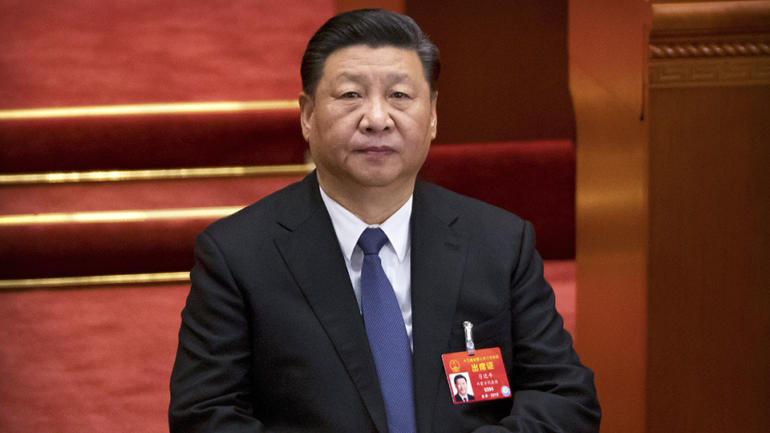Chinese President Xi Jinping begins his first foreign trip of the year on Thursday.
The three-country European tour takes Xi to Italy, Monaco and France.
CGTN’s Gerald Tan previews what’s in store.
Over the past decade, China has invested heavily in Europe – through trade, diplomacy and multilateral cooperation. President Xi Jinping’s visit to the continent will be one steeped in meaning.
The first stop: Italy. Bilateral trade last year was worth more than $54 billion. And it’s about to increase as Italy seeks to open up its shipping ports to China. Italy is now poised to become the first Group of Seven industrialized nations to back China’s Belt and Road Initiative.
Despite European concerns, the Italian Prime Minister Guiseppe Conte defends the move.
“The framework of the Belt and Road memorandum between Italy and China is primarily economic and commercial. It does not put our national interest at risk and is fully in line with the European Union strategy, promoting it as no member state has done in its dealings with Beijing,” Conte said.
Next on the itinerary is Monaco. This is the first official visit by a Chinese president to the principality. Monaco may be the world’s second tiniest nation by size, but, per capita, it’s one of the wealthiest. And business is on the rise. Monaco Telecom has created a partnership with Chinese tech giant Huawei, to help bring the micro-state into the 5G era.
And, finally, France. This symbolic visit marks 55 years of Sino-French diplomatic relations. President Xi will meet his French counterpart Emmanuel Macron. Both countries are permanent members of the UN Security Council – and the issues of mutual concern are vast, from global governance to climate change.
Chinese Vice Foreign Minister Wang Chao explains: “The China-France relationship goes beyond the bilateral scope. It’s highly strategic and global.”
As China’s involvement in Europe grows, President Xi’s visit is being hailed by the Chinese foreign ministry as a “journey to consolidate friendship, deepen cooperation and engage in strategic communication.”
 CGTN America
CGTN America
 FILE – In this March 12, 2019, file photo, Chinese President Xi Jinping attends a plenary session of China’s National People’s Congress (NPC) at the Great Hall of the People in Beijing. The country’s foreign ministry announced on Monday, March 18, 2019 that Xi will visit Italy, France and Monaco from Thursday to March 26. (AP Photo/Mark Schiefelbein, File)
FILE – In this March 12, 2019, file photo, Chinese President Xi Jinping attends a plenary session of China’s National People’s Congress (NPC) at the Great Hall of the People in Beijing. The country’s foreign ministry announced on Monday, March 18, 2019 that Xi will visit Italy, France and Monaco from Thursday to March 26. (AP Photo/Mark Schiefelbein, File)
